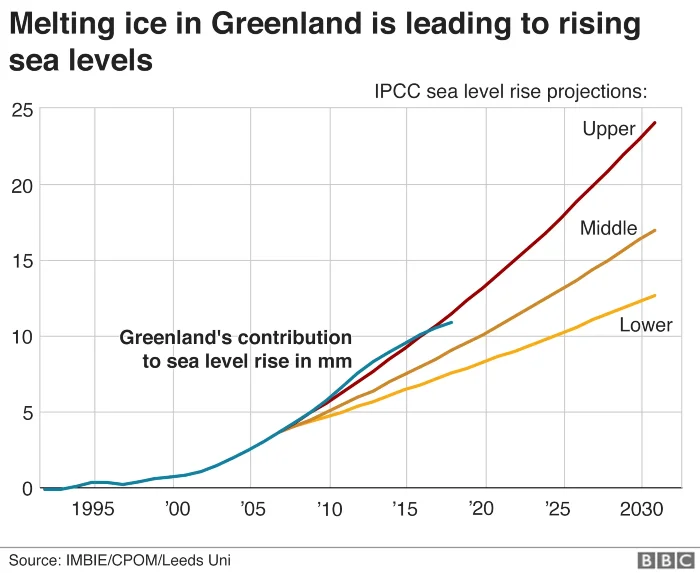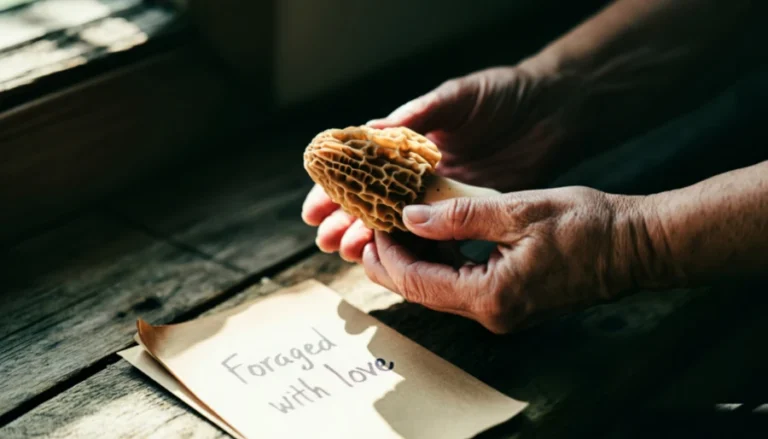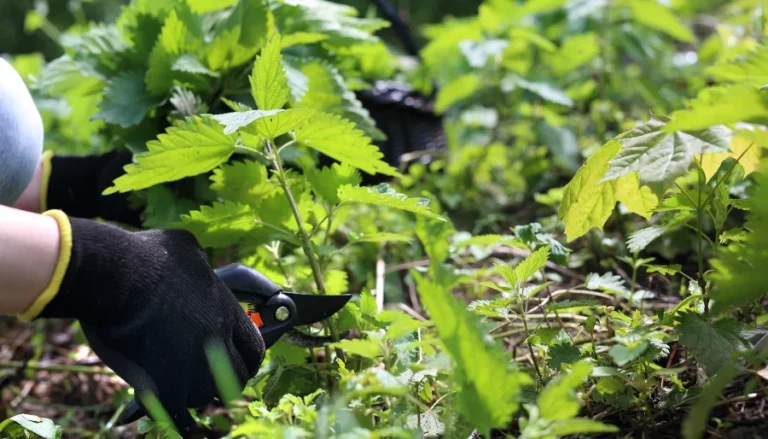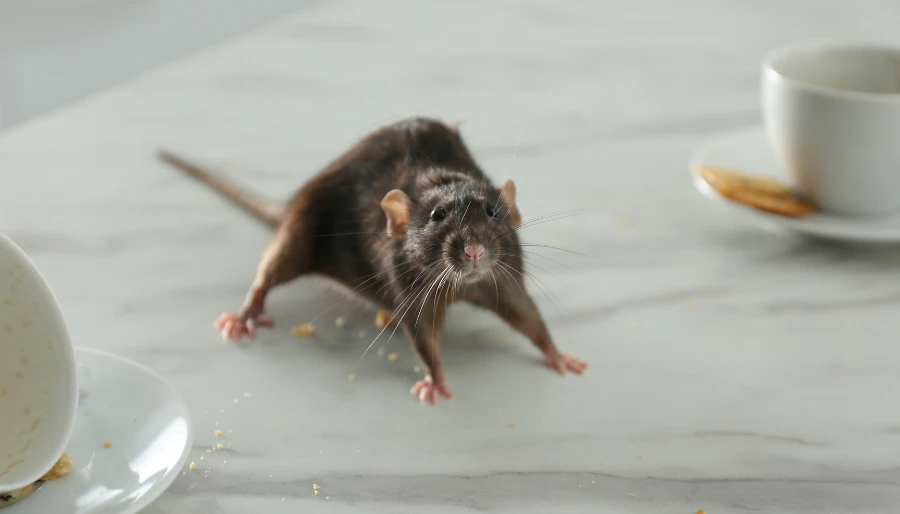Greenland is turning green, and it’s a big deal. For the first time in about a thousand years, since the Vikings roamed its lands, parts of this vast island are swapping ice and snow for bushes, bare rock, and wetlands. This change, brought to light in a recent study by Jonathan Carrivick from the University of Leeds and his team, is a stark sign of how our world is warming up.
Why Greenland’s Change Matters
Imagine Greenland as a massive block of ice. Now, picture that ice melting away, bit by bit, over the last 30 years. The study found that Greenland has lost around 11,000 square miles of ice. That’s about the size of Massachusetts, gone. This isn’t just a big change for Greenland; it’s a wake-up call for all of us. The ice melt adds to rising sea levels, which can lead to flooding in coastal areas around the globe.

Carrivick and his team used sharp, high-resolution satellite images to track these changes. What they saw was surprising. Places that were once covered in ice are now spots of green. This isn’t the first time Greenland has seen such greenery. The Vikings noted a lot of vegetation when they were there, around the Medieval Warm Period, roughly between 900 and 1300 A.D.
The Vikings Discovered a Green, Greenland
In the late 10th century, Vikings, led by Erik the Red, discovered Greenland during their explorations of the North Atlantic. Contrary to its icy reputation today, Greenland offered the Vikings lush, green valleys and abundant resources, prompting Erik to name it enticingly to attract settlers.
These Norse settlers farmed, raised livestock, and thrived in Greenland’s milder climate zones, exploiting its green pastures for grazing sheep and cattle. They built settlements, the most notable being the Eastern and Western Settlements, where they lived for centuries.
The Vikings utilized Greenland’s unique environment to their advantage, hunting seals, fishing in the rich waters, and even harvesting walrus ivory, which became a valuable trade commodity. This period of prosperity highlighted a time when Greenland truly lived up to its verdant name, a stark contrast to the changing landscape we observe today due to climate change.
When Greenland Lost Its Lush
Over time, Greenland’s climate began to cool, leading to a gradual transformation of its green landscapes into the ice-covered expanses we are familiar with today. This shift, starting around the 14th century, was part of the Little Ice Age, a period of cooler temperatures that affected various parts of the world.
As the climate grew colder and farming became increasingly difficult, the Viking communities in Greenland faced harsher living conditions.
The ice expansion made sea navigation and trade challenging, isolating the settlements, and contributing to their eventual abandonment by the 15th century. This historical turn from lush greenery to ice underscores the dynamic and changing nature of Earth’s climate.
The Bigger Picture
Why should we care about ice melting far away in Greenland? Because it doesn’t just stay in Greenland.
The loss of ice there is speeding up the rise of sea levels worldwide. If all of Greenland’s ice were to melt, the sea would rise about 23 feet, swamping many areas where people live today. Plus, the fresh water pouring into the ocean from melting ice can mess with ocean currents. These currents affect weather patterns and temperatures all over the world.

Looking Ahead
The study’s findings are a clear signal that Greenland will likely keep getting greener. As the ice continues to melt, more land will become available for plants to grow. This might sound like a small change, but it’s part of bigger shifts we’re seeing across our planet due to climate change.
More To Discover
- JBS’s Greenwashing Charges As NY Demands Accountability For Company With Italy-Sized Emissions
- New Beetle-Inspired Cooling Ceramic May Be the Game-Changer in Passive Cooling and Sustainability The Construction Industry Needs Right Now
- Microplastics Are Basically Everywhere: Meat, Water, Produce, Packaging, Seafood And More. But Can They Really Hurt Us?
- 7 Shocking Facts About Our Industrialized Food System
In short, Greenland’s transformation is a vivid example of how our world is changing. It reminds us that climate change isn’t a distant threat but a current reality. As Carrivick puts it, this greening is “already well underway,” a sign of the urgent need for action to address global warming’s causes and effects.
Source: Scientific Reports





















